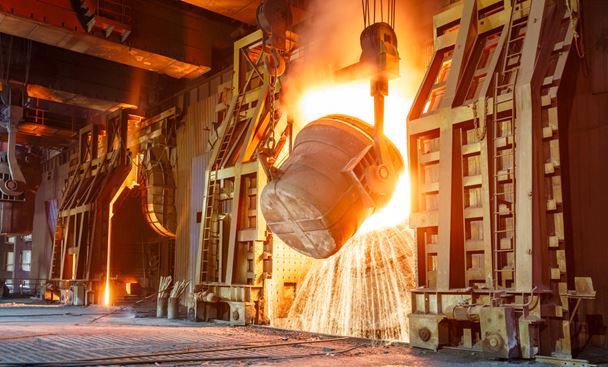Steel is a cornerstone of modern civilization, forming the backbone of countless industries, from construction to transportation. However, the environmental consequences of steel production are profound and multifaceted. As global awareness of climate change and environmental sustainability grows, it becomes increasingly important to address the significant ecological footprint of the steel industry.
Energy-Intensive Production Process
The production of steel is inherently energy-intensive. The primary method of producing steel involves the use of blast furnaces, which require vast amounts of energy to convert raw iron ore into molten iron. This process typically relies on the combustion of coal, which is a significant source of carbon dioxide (CO₂) emissions. According to the World Steel Association, the steel industry accounts for around 7–9% of global CO₂ emissions, making it one of the largest industrial contributors to climate change.
Resource Depletion and Pollution
The environmental impact of steel production extends beyond just energy use and carbon emissions. Mining for iron ore, coal, and limestone—the essential raw materials for steel— leads to resource depletion and habitat destruction. Large-scale mining disrupts ecosystems, contaminates water sources, and contributes to soil erosion. Additionally, the steel manufacturing process generates by-products like slag and wastewater, which can be harmful to the environment if not managed properly.
Air and Water Pollution
Steel production emits various pollutants, including sulfur dioxide (SO₂), nitrogen oxides (NOx), and particulate matter, which contribute to air pollution and respiratory problems in nearby communities. The industry also discharges effluents into water bodies, containing harmful substances like heavy metals and chemicals, which can poison aquatic life and disrupt local ecosystems. These pollutants pose serious health risks to both humans and wildlife, exacerbating environmental degradation.
Carbon Capture: A Path to Sustainability
In the face of these environmental challenges, the steel industry has been exploring various strategies to mitigate its impact. The steel industry can reduce its environmental impact by adopting steel carbon capture and storage (CCS) technologies, which involve capturing CO₂ emissions from steel production and storing them underground or using them in other ways.
By implementing CCUS technologies, steel plants can significantly reduce their carbon footprint. The captured CO₂ can be injected into geological formations for long-term storage or converted into useful products such as building materials or synthetic fuels. While carbon capture isn’t a silver bullet, it represents a critical tool in the transition toward a more sustainable steel industry. The development and deployment of these technologies require substantial investment and innovation, but they hold the potential to decouple steel production from carbon emissions, helping to protect the environment for future generations.
Conclusion
The environmental impact of the steel industry is undeniable, contributing to global warming, resource depletion, and pollution. However, the industry is also at a crossroads, with the potential to adopt greener practices and technologies that can mitigate its ecological footprint. Carbon capture is a vital component of this transition, offering a pathway to reducing emissions while continuing to meet the global demand for steel. As the world grapples with the challenges of climate change, the steel industry must embrace sustainability to ensure a healthier planet for everyone.
Keep an eye for more latest news & updates on Internal Insider!










